Does Red Light Therapy Increase Vitamin D?
Introduction
Vitamin D refers to a vital compound that helps in maintaining various body functions. It mainly assists the body in absorbing phosphorus and calcium, which are essential minerals for the development and strength of bone. Vitamin D not only keeps the bone strong but also plays a crucial role in maintaining the immune system, heart health, and function of muscles.
The human body has a natural ability to produce Vitamin D when it comes in contact with the Ultraviolet radiation of the sun. Vitamin D can also be sourced from other things like certain foods, supplements, and other artificial UV light devices.
Bontanny will comprehend whether 850 nm red light therapy or 600 nm red light therapy effectively produces Vitamin D when it comes in contact with the body or not. Infrared red light therapy treats several health conditions like acute pain, acne, inflammation, pigmentation, and wounds.
Understanding Red Light Therapy
LED Red Light Therapy refers to low-level red light therapy. The therapy uses red light at a certain range of wavelength that penetrates through the body and gives therapeutic effects. It significantly helps in treating various types of skin problems like acne, pigmentation, inflammation, and aging effects. RLT also reduces acute pain and boosts the healing process and muscle recovery. Infrared red light Therapy is a non-invasive treatment, which makes it more popular and ideal for various skincare and wellness treatments.
1.Different Types Of Light Therapies
Red infrared Light Therapy comes in different types. Each light therapy uses a different light at a distinct wavelength. Generally, all of these light therapies are specially designed to be used for certain purposes, which makes them more attractive.
Ultraviolet Light Therapy: This therapy uses Ultraviolet light (UVB) to treat skin problems like vitiligo and psoriasis. It plays a crucial role in managing various skin disorders.
Blue Light Therapy: Blue light comprises antibacterial attributes that directly target acne-prompting bacteria and significantly treat acne. This therapy is also beneficial in curing mood issues like SAD.
Infrared Therapy: It uses red light but with longer wavelengths. It is mostly used to alleviate acute and chronic pain and improves blood circulation.
Each light therapy offers a unique advantage and makes the ideal in various sectors of health.
2.Common Use Of Red Light Therapy In Health And Wellness
LED light therapy offers unique benefits and is used in various fields of life like medicine, automobile, tech, and spacecraft. But due to its non-invasive effect, RLT is most commonly used in treating skin problems like:
Skin Rejuvenation: RLT encourages the production of collagen in the skin. It significantly helps in reducing fine lines and wrinkles and improves the skin color.
Wound Healing: RLT reduces inflammation and promotes the rebirth of cells in the skin. This phenomenon, ultimately, helps the wound recover faster.
Pain Relief: Red Light Therapy significantly decreases acute and chronic pain, particularly during arthritis or post-surgery. It reduces inflammation and improves blood circulation, which provides comfort.
Hair Growth: Various studies have proven that RLT stimulates the growth of hair in people who have androgenic alopecia.
Mental Health: RLT also aids in treating multiple mental problems like SAD and depression and improves the sleep cycle.
3.Role Of Vitamin D In The Body
Vitamin D is an essential nutrient of the human body. But it is more than just a nutrient, it keeps the body in function. Vitamin D is crucial to absorbing essential nutrients like phosphorus and calcium for health and strong teeth and bones. Also, Vitamins are crucial in regulating the immune system of the body, which helps in eliminating infections. It also creates a special bond between the muscle and nerve system and keeps them coordinated. Various studies and research claim that Vitamin D reduces the chances of getting skin cancers and heart problems.
Natural Sources Of Vitamin D: Sunlight, Food, And Supplements
Sunlight is the major source of Vitamin D. When the skin is exposed to the Ultraviolet B rays of the sun, it starts producing the process of Vitamin D. Generally, the rays hit the cholesterol in the skin and convert it into Vitamin D3. The exposure to UVB may vary from person to person based on different factors like weather conditions, location, time of exposure, and sunscreen. There are various dietary foods like citrus fruits, fish oil, fatty fish, cereals, and milk that produce Vitamin D in the skin. Also, there are several types of Vitamin D supplements available in the market which give the same result. These Vitamin D supplements are super efficient, especially for people who have limited interaction with the sun.
The Process Of Vitamin D Synthesis In The Skin
The process of Vitamin D synthesis is an extraordinary phenomenon. When the skin of a person comes in contact with the UVB rays, the rays interact with the cholesterol. It triggers a chemical process that converts the cholesterol into a pre-Vitamin D3 compound. The heat of the sun then efficiently helps in converting it into Vitamin D3. After the production of Vitamin D3, it is then transported to multiple body organs like kidneys and liver, where they face further conversion and become a Vitamin D form. This form of Vitamin D is also known as calcitriol.
Scientific Perspective Studies On Red Light Therapy And Vitamin D Production
The connection between the growth of Vitamin D in the skin and Red light therapy is an ongoing topic of debate. Various studies and real-life examples have proven the red light therapy benefits in distinct aspects of areas like skin health, muscle recovery, pain relief, and acne removal. However, its effect on the synthesis of Vitamin D is not clear. There is not a definite and conclusive study that provides solid evidence about their relationship. Many researchers and academics are constantly working to find out whether red light therapy affects the growth of Vitamin D in the skin or not.
1.Expert Opinion And Medical Views
Both researchers and medical experts have different opinions about this matter. Many researchers believe that despite the numerous benefits of RLT, it does not have the same wavelength as the UVB rays needed for the synthesis of Vitamin D. Whereas, others suggest that red light therapy may have adverse effects that may influence the levels of Vitamin D, even by making the skin health better, which ultimately affect the natural ability of the skin to produce Vitamin D when it comes in contact with the sun rays.
2.Analysis Of Findings: Can Red Light Therapy Aid In Vitamin D Production?
There is not a single study or research that gives scientific evidence about the relationship between RLT and the enhanced production of Vitamin D in the skin. A professional LED light therapy machine uses a different wavelength during treatment, which is different from the spectrum of UVB that triggers the synthesis of Vitamin D in the skin. The beneficial trait of RLT in improving the health of the skin indirectly encourages the natural production of Vitamin D in the skin when it comes in contact with UVB light. More research and studies are needed to fully claim the link between Vitamin D synthesis and Red Light Therapy.
Comparing Red Light Therapy To Sunlight
1.Difference In Light Wavelengths Between Red Light Therapy And Sunlight
The red light in RLT and UVB rays of sunlight differ in wavelength. Red Light Therapy involves a certain wavelength of near-IR and low-level red light that generally ranges between 850-630 nm. This wavelength range is typically far from the spectrum of UVB, (315-280 nm) that is responsible for the synthesis of Vitamin D in the skin. In the sunrays, the UVB rays have shorter and more intense wavelengths, which makes them start the chemical process of producing Vitamin D in the skin.
2.Effectiveness Of Each In Vitamin D Synthesis
Sunlight, because of its UVB rays, is the primary and effective source of synthesizing Vitamin D. Human skin can generate Vitamin D when it comes in contact with the UVB rays. Whereas, apart from the therapeutic benefits of red light therapy, it does not have the same wavelength spectrum as the UVB, so it does not directly synthesize Vitamin D.
3.Risks, Benefits, And Comparison
The exposure of the skin to the sunlight produces Vitamin D, but it also poses some risks like skin aging, sunburns, and skin cancer, if it is exposed to the UV rays longer. Professional RED light therapy machines are remarkably safe and offer various health benefits like wound healing, skin rejuvenation, muscle recovery, and pain relief, without risking anything. But still, red light therapy can never become an alternative for producing Vitamin D in the skin as the UVB rays.
Practical Considerations
1.Who Might Benefit From Red Light Therapy
Red light therapy is an effective treatment for people looking to cure skin disorders like acne, pigmentation, and aging effects, wound healing, muscle recovery, and pain relief. Moreover, red light therapy is a non-invasive treatment which makes it a popular choice for skincare treatments. It also helps people with mental issues like depression, anxiety, sleep deprivation, and SAD.
2.Alternatives Of Increasing Vitamin D Levels
There are various types of alternatives available to boost the level of Vitamin D in the skin. These alternatives include dietary sources like fish oil, fatty fish, milk, etc, and supplements. People who live in places where sunlight is limited can get their Vitamin D from these supplements. Consult with an expert or healthcare provider first before taking any dosage, as they will recommend an appropriate dosage.
Conclusion
Red light therapy device does offer numerous benefits, but still, it cannot replace the natural source (sunlight) of producing Vitamin D in the skin. Both sun rays and red light rays have different spectrum wavelengths which vary the quality of producing Vitamin D in the skin.
The Bontanny Moving Pro Series Red Light Therapy Device with Stand is a great option for those looking for a versatile and effective device. Many customers have praised the high-quality build and flawless function of the Bontanny Red Light Therapy Device.
Further research and studies are needed to fully understand the relationship between RLT and Vitamin D in the skin. People who have concerns about the Vitamin D level in their skin must consult with their physician and get recommendations before getting any red light therapy at home.




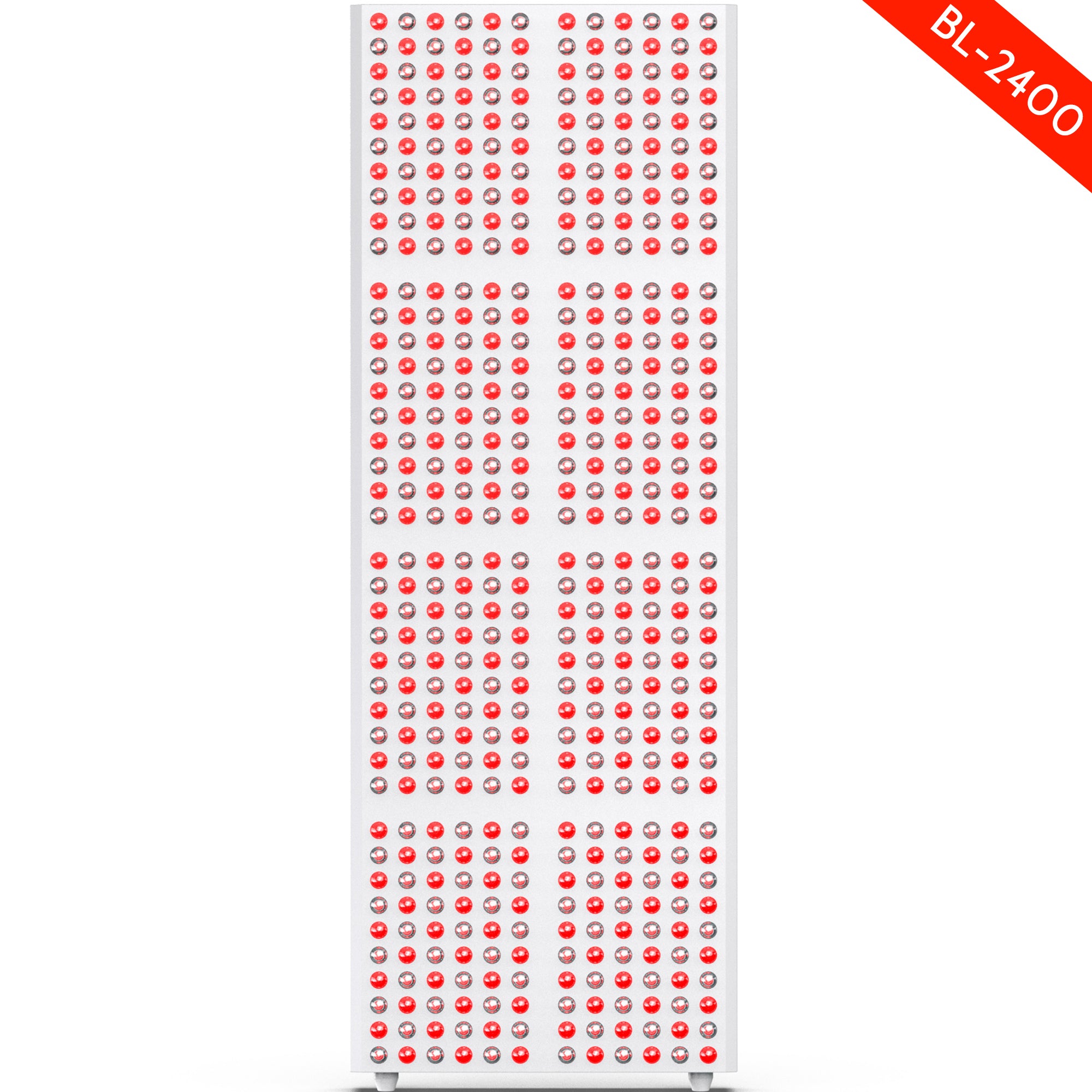

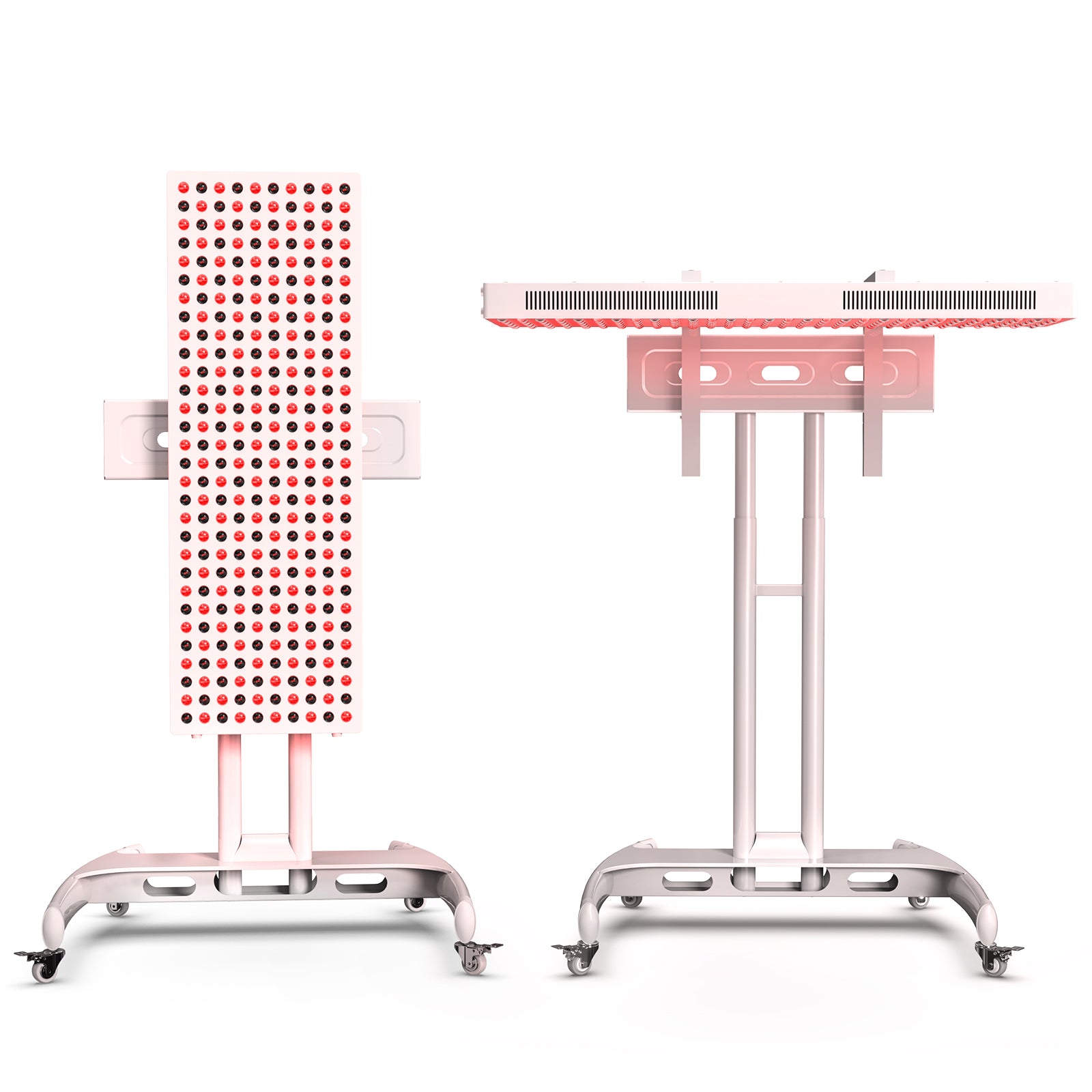

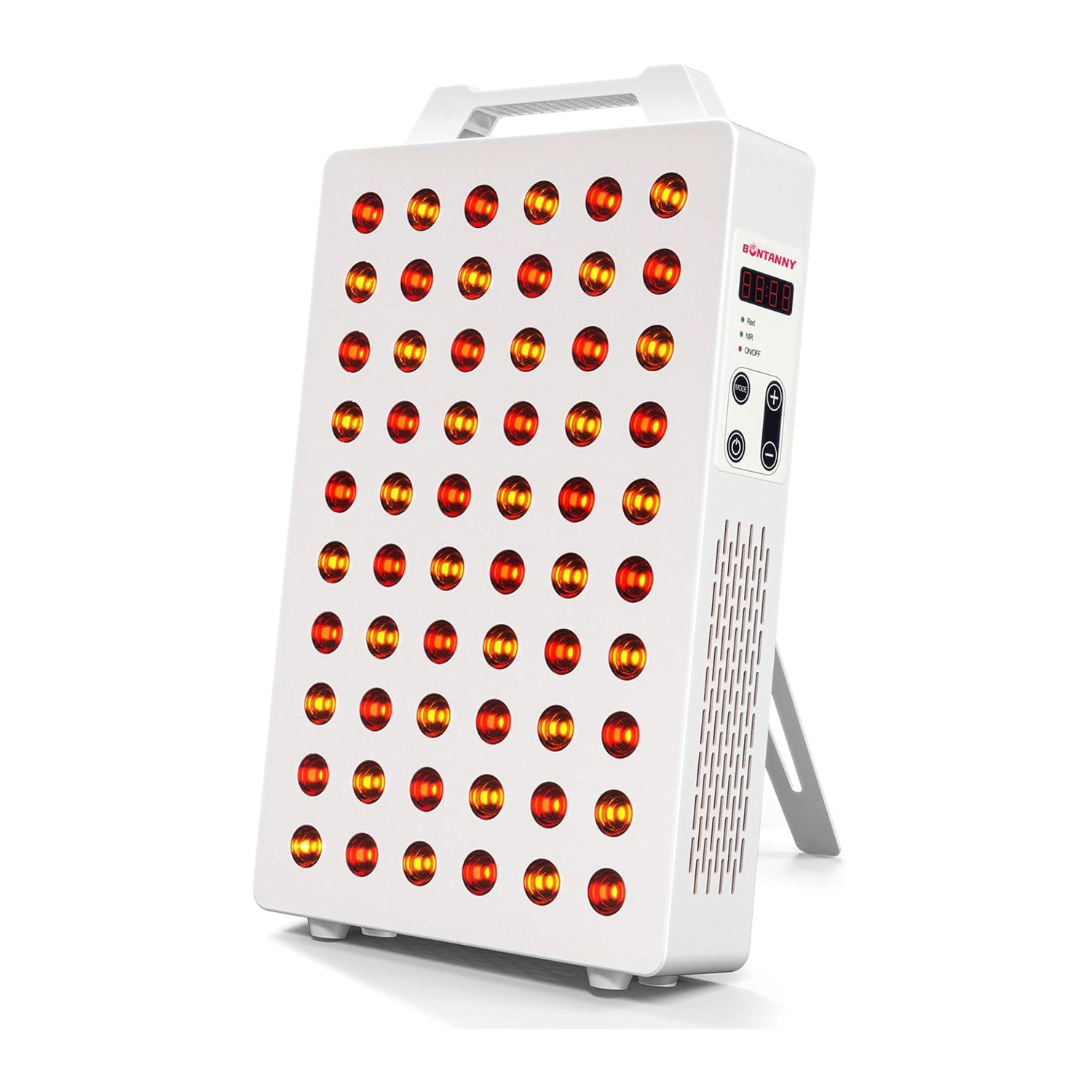
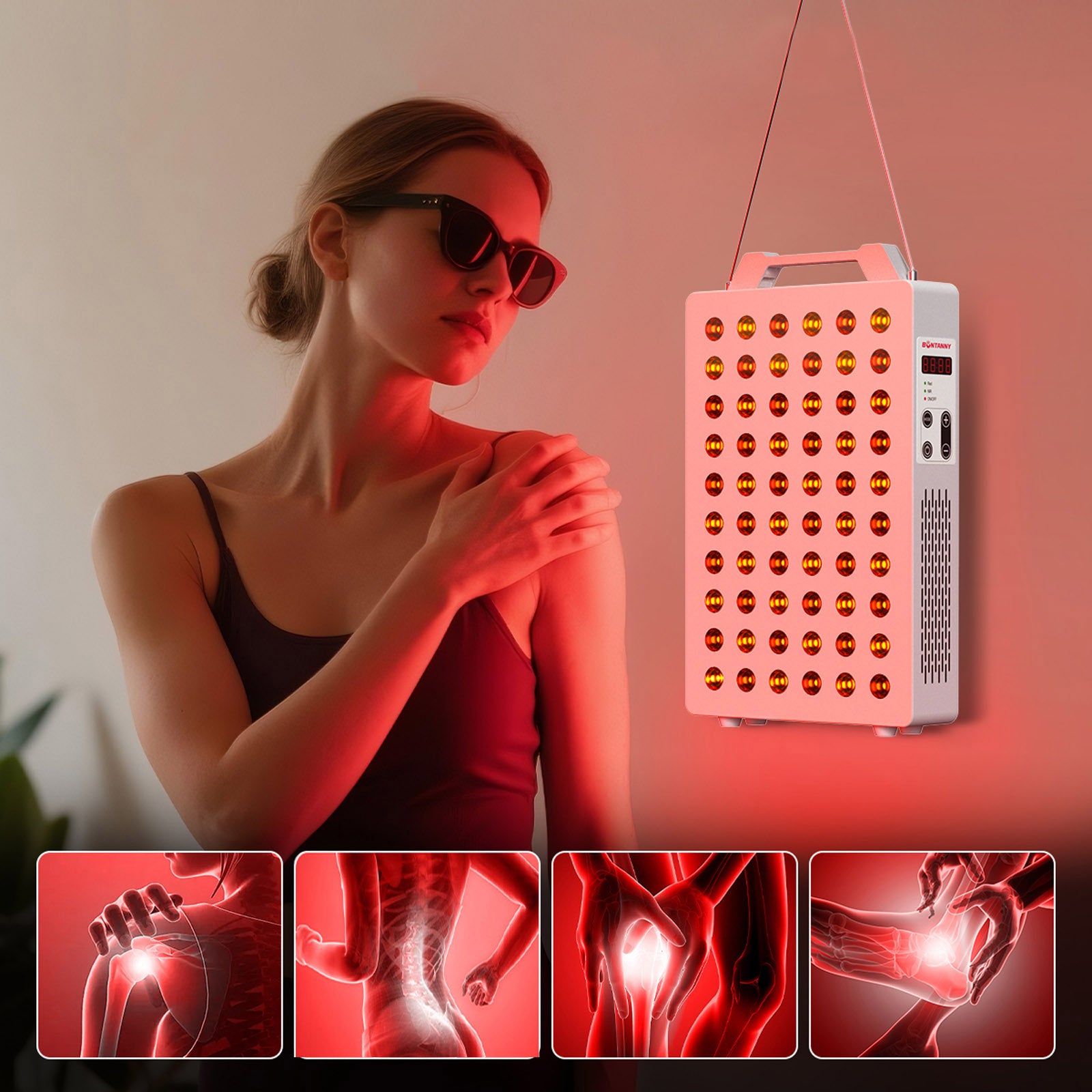
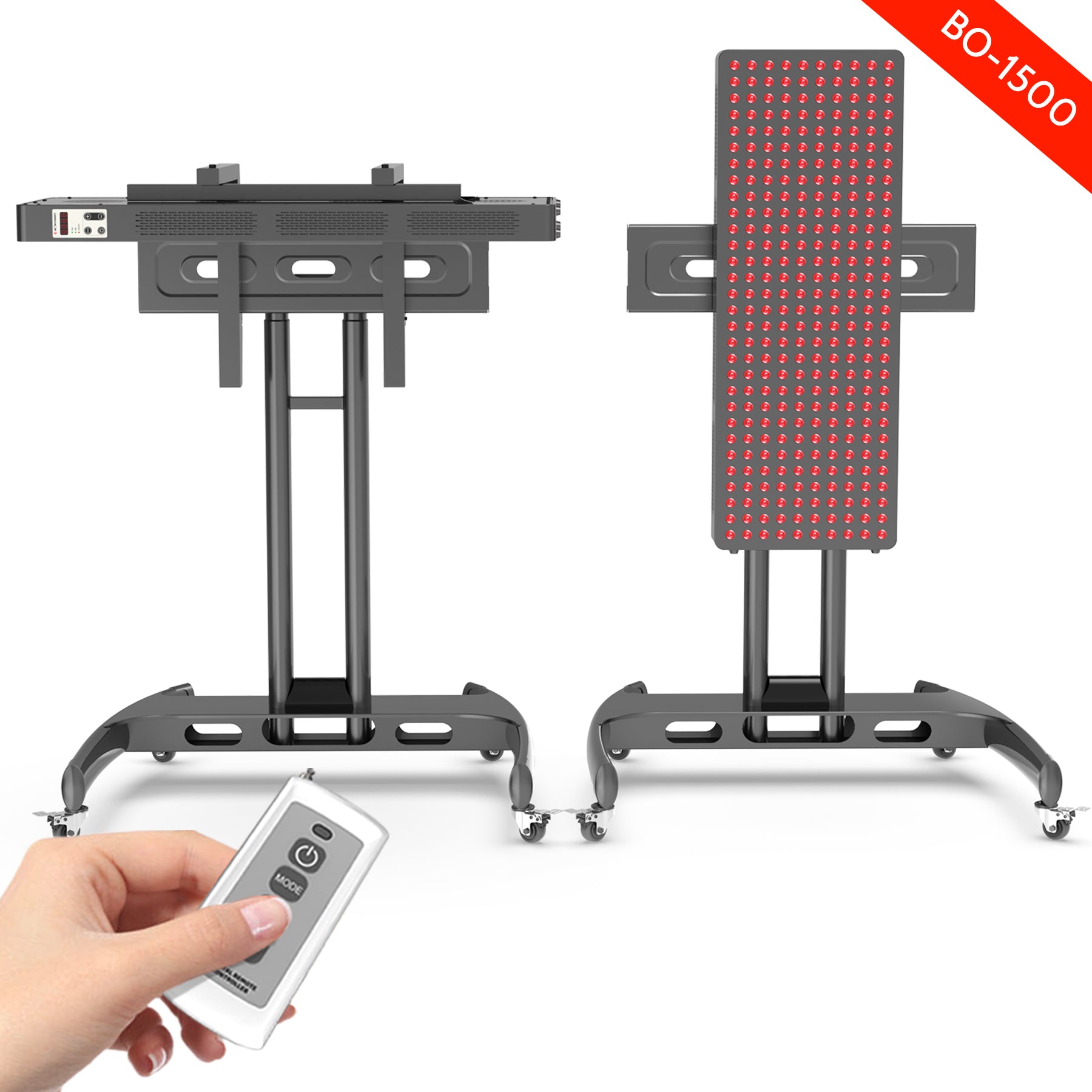
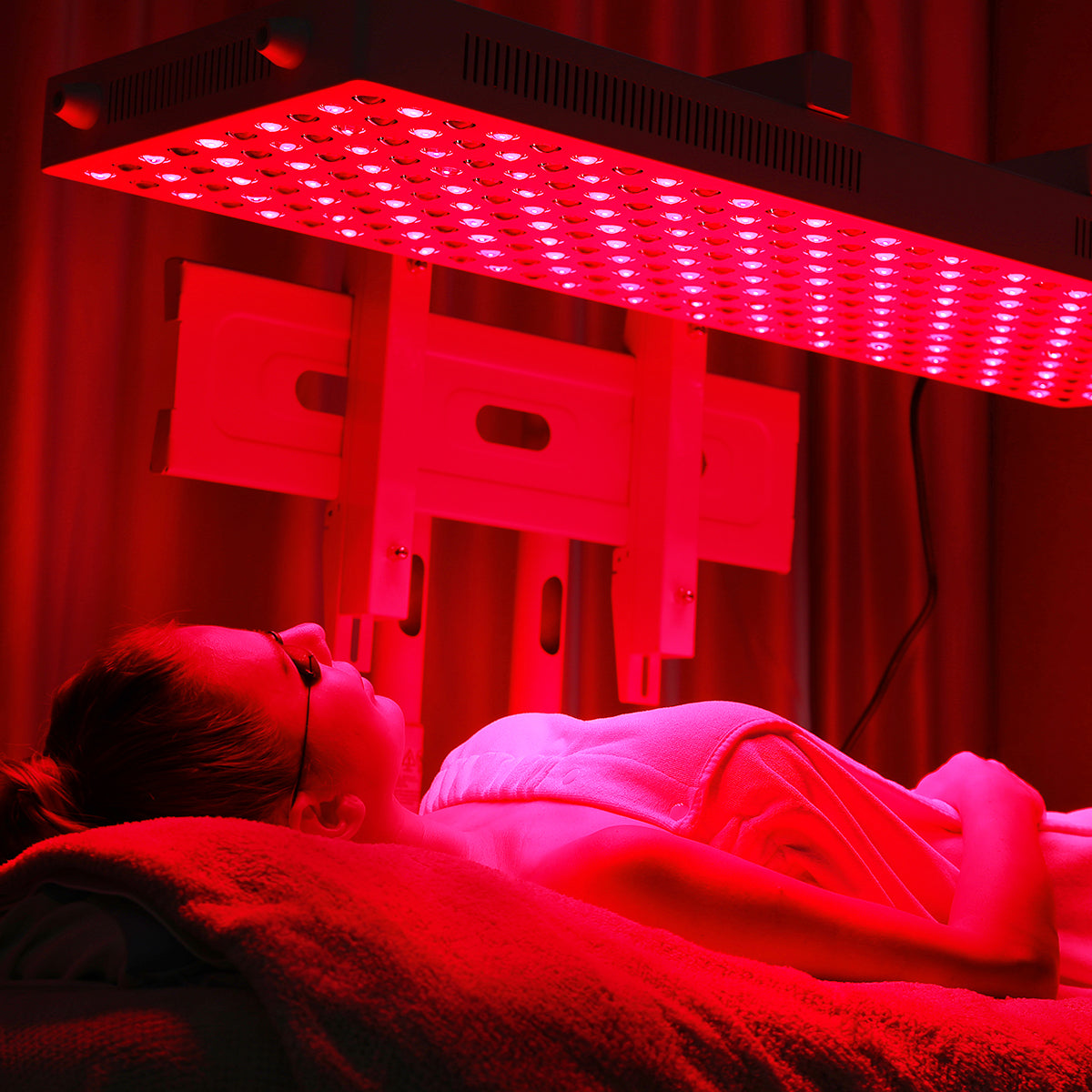
Leave a comment
This site is protected by hCaptcha and the hCaptcha Privacy Policy and Terms of Service apply.